
The Evolution of the NBA Logo
Kyrie Irving, the Nets star defended the idea of changing the NBA logo to feature Kobe Bryant, as a tribute to the Lakers legend who passed away in 2020.
The NBA Logo: One of the Most Valuable Symbols in Sports
That’s why we decided to look at the history of the symbol that defines our passion for basketball.
In addition to generating billions of dollars every year, the NBA also holds one of the most valuable assets in the world, whose worth is difficult to estimate precisely: a logo that is instantly recognized worldwide. Just like the league itself — which has evolved since its creation in 1946, when it was still known as the Basketball Association of America — the logo of the most important basketball league has gone through several transformations.
The First NBA Logo: 1950s Origins and Visual Identity

In its first version, presented in 1950, a few months after the merger between the BAA and the NBL, the logo simply featured the league’s name. In 1953, a more simplified version was introduced, showing only the league’s initials engraved on an orange basketball. This served as the official NBA logo for nine years.
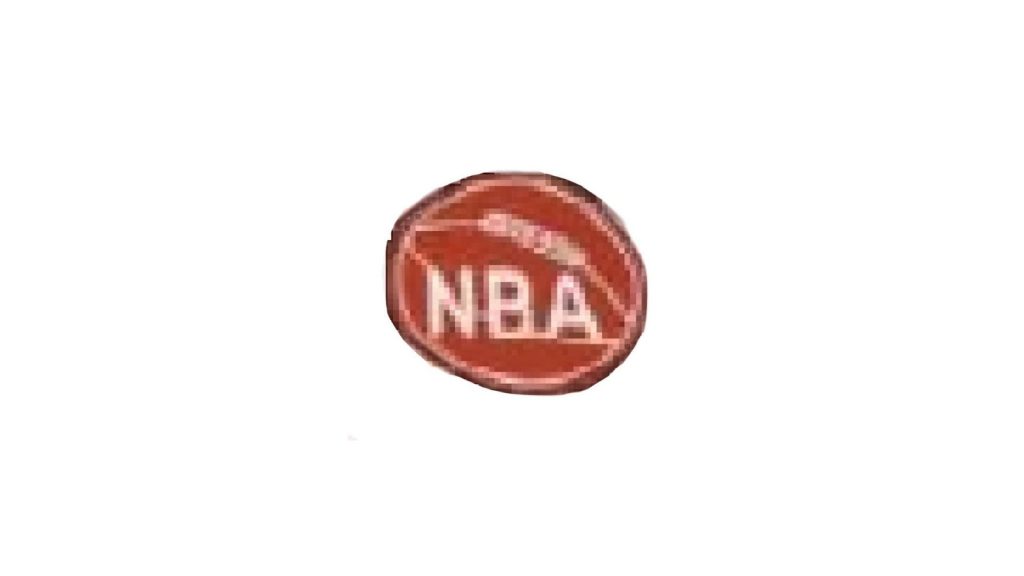
Early Redesigns: The NBA Logo in the 1960s
Then in 1962, a new version emerged: a white basketball with the initials placed diagonally.
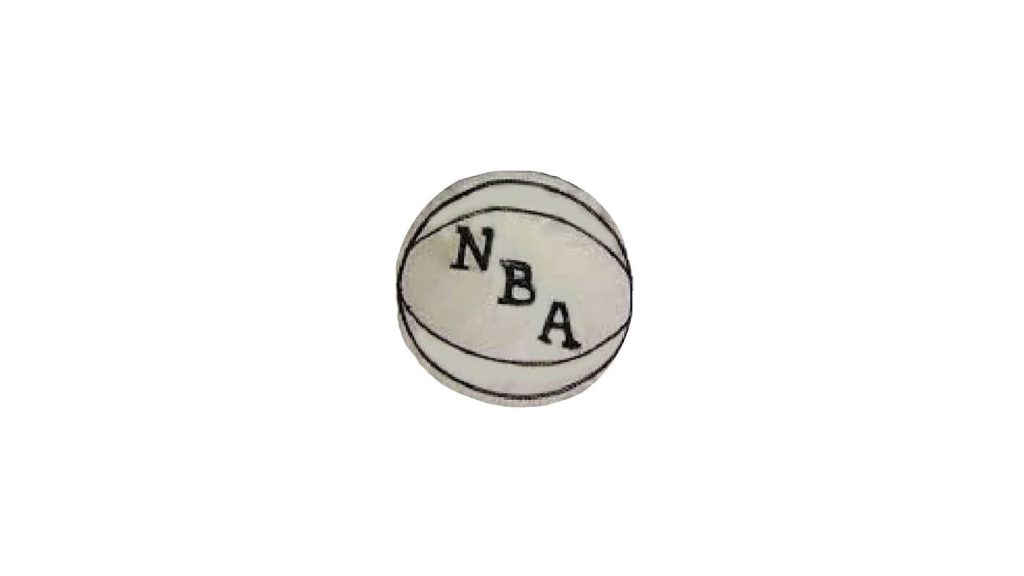
The ABA Challenge and the NBA’s Branding Response
In 1967, the NBA faced a new competitor: the ABA (American Basketball Association), which proposed a more offensive style of play. Some rules differed — like a 30-second shot clock compared to the NBA’s 24 seconds, and the introduction of the three-point line, which appeared for the first time in the American Basketball League. The ABA’s logo also reflected these new times: modern, eye-catching, and more colorful, it was nothing like the NBA’s. The message was clear: both leagues knew there was room for only one, and the race had officially begun.
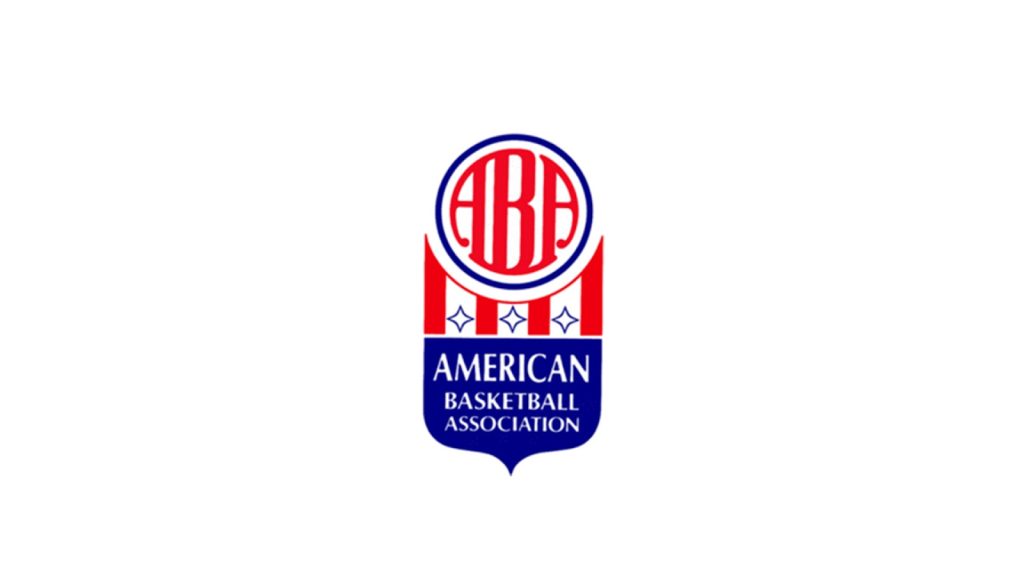
Creating the Modern NBA Logo: The Jerry West Blueprint
The NBA began developing a strong response to the challenge presented by the ABA. Two years after the ABA’s founding, the NBA approached Alan Siegel, founder of the agency Siegel + Gale, specialized in brand strategy and communication. The goal was to modernize the NBA’s identity and create a new image that reflected the spirit of the league and the sport. Siegel began sketching ideas and, while flipping through a copy of Sports Magazine, he found an image of Jerry West, the point guard for the Los Angeles Lakers from 1960 to 1974.

Jerry West’s Silhouette: From Player to NBA Logo Icon
To Siegel, the image of West conveyed the beauty and dynamism of basketball. This is how the NBA’s new logo was born: a vertical rectangle with rounded corners, featuring the white silhouette of Jerry West at the center, dividing the logo into two parts — one blue, the other red — a reference to the American flag. It was the late 1960s, and the NBA’s new visual identity was considered a sign of modernity.
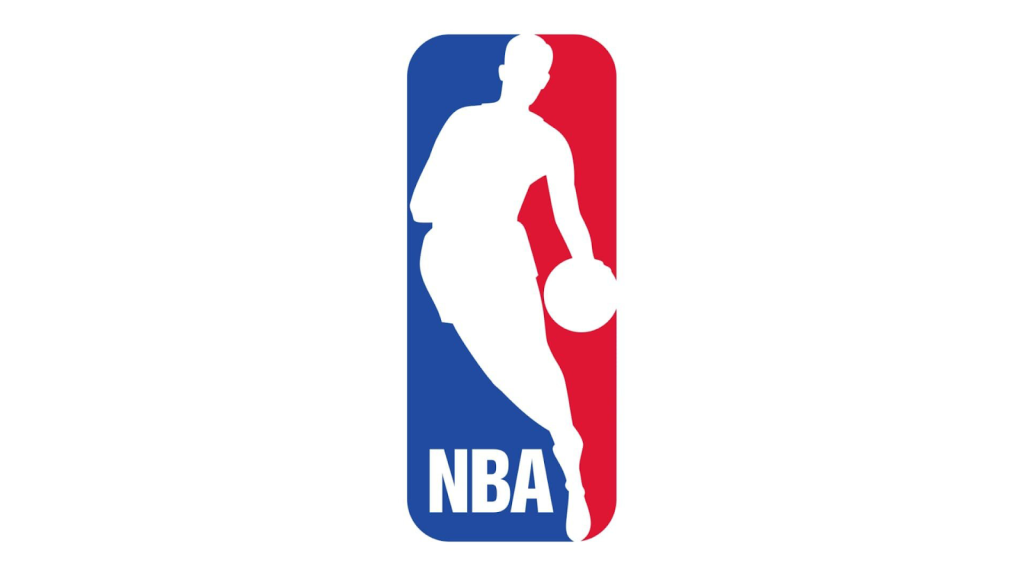
From 1969 to 2017: The Enduring Power of the NBA Logo
This creative process was so successful that, more than 50 years after its creation, the NBA logo has remained almost unchanged. In 2017, it underwent a minor update: the NBA lettering was redesigned with a thinner font.
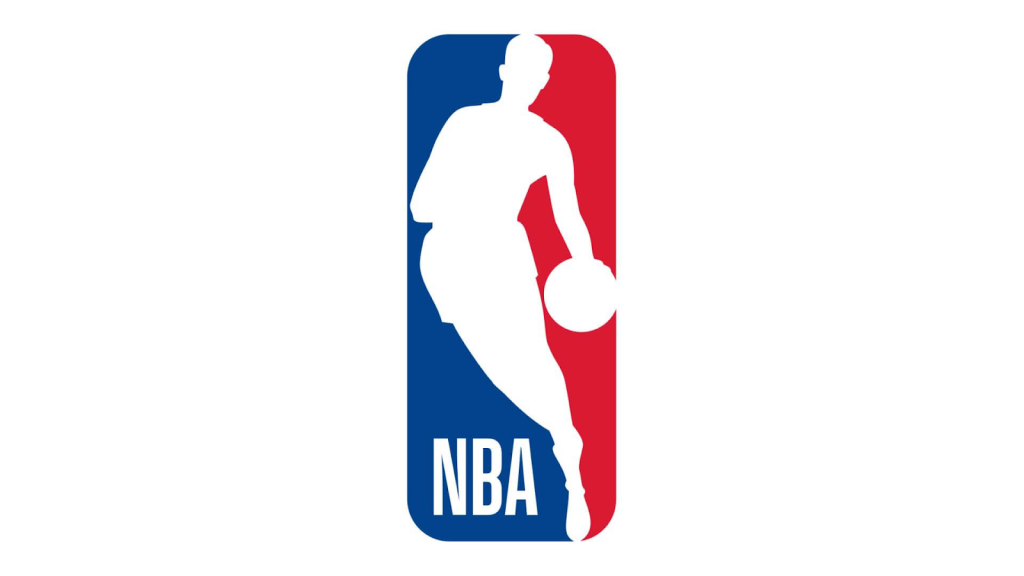
Jerry West on the NBA Logo: Praise or Discomfort?
After the 2017 update, Jerry West gave an interview to ESPN, stating that he wasn’t a fan of being featured on the NBA logo: “I wish it had never been revealed that I’m the one in the logo. I don’t like doing anything that draws attention to myself. If they [NBA] want to change it, I wouldn’t mind and would actually prefer it.”
Although the original goal of rebranding the NBA was achieved long ago, the benefits of the redesign are still being analyzed today. According to Siegel + Gale, the agency that led the project in the 1960s, the NBA logo generates around $3 billion per year in licensing revenue. Beyond its financial success, the logo has become a global icon, widely recognized around the world and key to establishing the NBA as one of the most famous sports leagues on the planet.